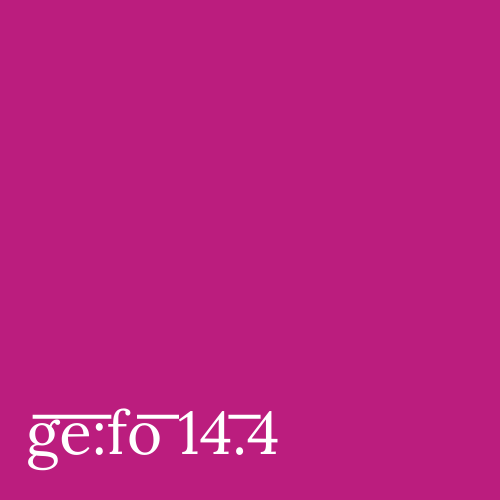“Come Out, Come Out, Wherever You Are”: Queering American Horror Story
DOI:
https://doi.org/10.18716/ojs/gefo/2015.2675Keywords:
American Horror Story, Televisual Activism, Gender Studies, Sexuality Studies, PerformanceAbstract
Television becomes an increasingly more inclusive space for the representations of marginalized communities, yet many queer characters are sequestered to supporting roles, storylines dealing with queer themes are subordinate within the greater diegeses, and shows emphatically committed to foregrounding queer experiences are predominantly compartmentalized to the peripheries of television on identity-specific or niche cable networks. Thus, queer spectators have become accustomed to constructing secondary or alternative texts within predominant ones in order to derive pleasure from and solidarity with televisual narratives. As queer persons are discriminated against, violated, and coded with fear and contempt in society, FX’s anthology series American Horror Story (2011—present) is a unique and challenging text that confronts issues of queer visibility, provides queer performers and creators a vehicle to contribute to cultural conversations, and gives audiences a lens to glean meaning. Each season of American Horror Story features different narratives, settings, time periods, and characters. My paper positions each of the four season as case studies to interrogate the show’s formal and textual approaches for illuminating queer subjectivities. First, I examine the horror genre and ghost story traditions used in Season One: Murder House; these approaches perpetually destabilizes the image of the nuclear heteronormative family as queer characters infiltrate the haunted environment. Next, through an analysis of Season Two: Asylum, I put the show’s unique anthology form in conversation with the ontology of performance to claim that queer actors are not only afforded diverse queer roles—and vice versa—but are equally unbound from any singular or reductive identity. This approach suggests that the fluidity of performance mirrors that of sexuality and gender. Season Three: Coven’s excessive and subversive camp aesthetics are posited in order to understand the show’s appeal for queer audiences. Finally, I read Season Four: Freak Show—chronicling freak show performers in South Florida during the 1950s—as an allegory of the current alienation, exploitation, and commodification of “othered” queer individuals. Freak Show confronts the social and political pressures for queer people to assimilate or surrender to imminent death—both metaphorical and literal. Thus, I argue that American Horror Story, as a horror anthology series, not only provides sustainable viewing pleasures for queer spectators but also a platform for contemporary discourse and televisual activism.



